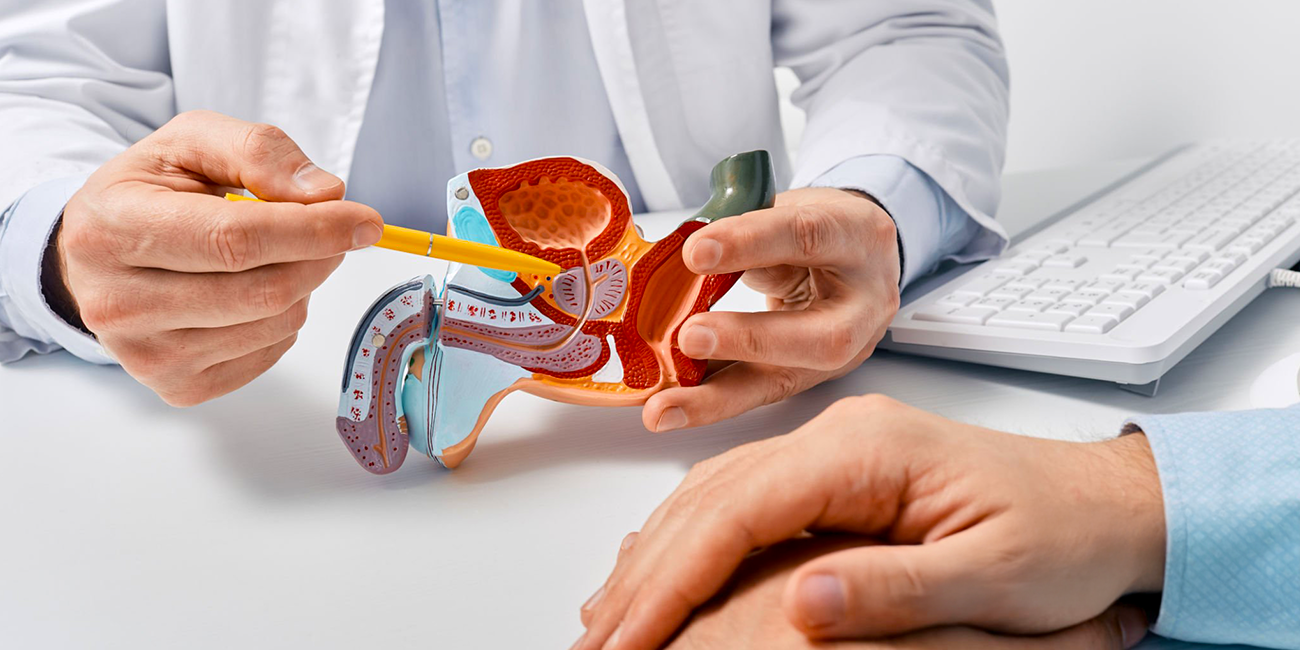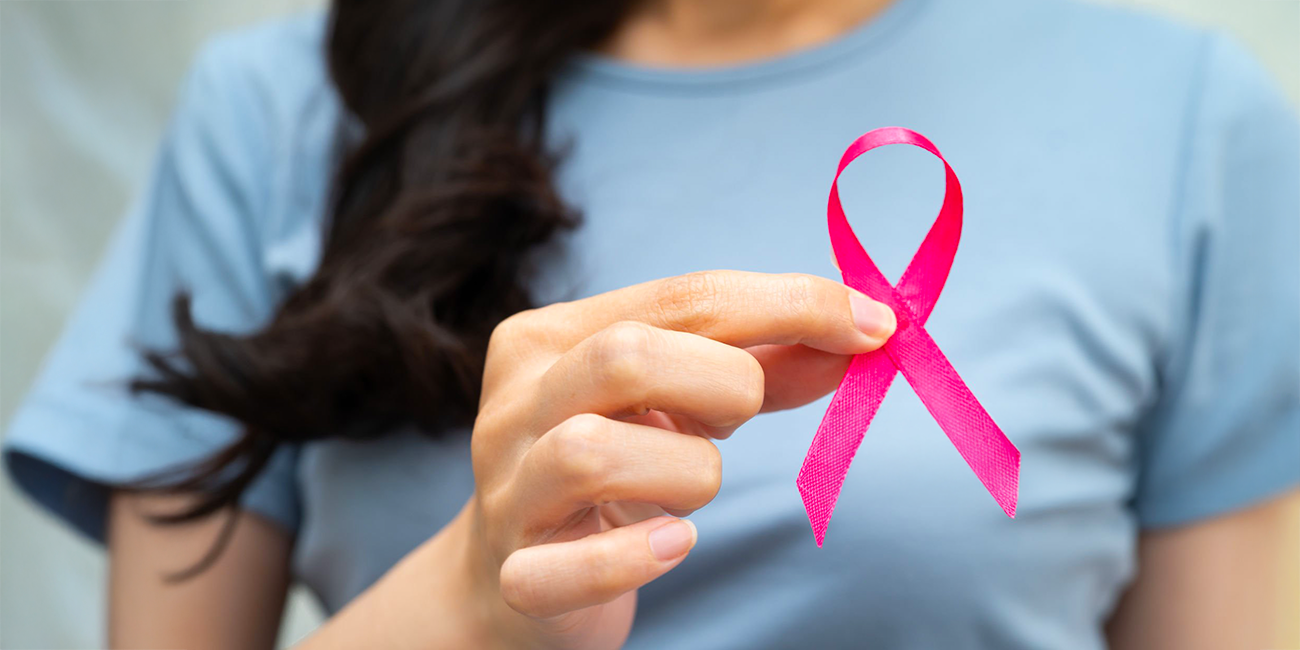
Book a Consultation
Thank you!
Your form has been sent successfully.



September 22, 2025
Summertime means more time outdoors at beaches, pools, and family gatherings. But the sun’s rays can cause painful burns, premature aging (fine lines, wrinkles, and dark spots), and even increase your risk of skin cancer.
Both UVB (sunburn-causing rays) and UVA rays (aging and skin-damaging rays) can harm your skin, so daily protection is essential. By following simple habits like using sunscreen and seeking shade, you can greatly reduce your risk. Here’s how to get started.
Choosing the right sunscreen is a simple but powerful way to protect yourself from sun damage.
Sunscreen strength is measured by Sun Protection Factor (SPF), which shows how well it protects against UVB rays—the rays that cause sunburn. However, sunscreen marked “broad spectrum” also protects skin from UVA rays, which cause aging and increase the risk of skin cancer, including malignant melanoma.
Experts recommend picking a broad-spectrum sunscreen rated SPF 30 or higher. While the FDA states SPF 15 is a minimum baseline, the American Academy of Dermatology suggests SPF 30 or above to give you stronger protection against harmful UV rays.
To ensure effective sun protection, look for the words "broad spectrum" and SPF 30 or higher on your sunscreen's label.
Even if the sun isn’t shining brightly, wearing sunscreen every day is important. About 80% of the sun’s UV rays can pass through clouds, meaning you’re still exposed on cloudy or cooler days. Experts agree that making sunscreen a daily habit—no matter the weather or season—is one of the best ways to protect your skin long-term.
Sun protection matters every day of the year. A high UV index can damage your skin even on cloudy or mild days, so daily sunscreen application is critical to reduce your risk.
Choosing protective clothing can further reduce your UV exposure. Wide-brim hats offer shade to your face, ears, and neck, significantly reducing harmful UV exposure.
Sunglasses labeled as blocking 99–100% of UV rays protect your eyes and the delicate skin around them from damage. Additionally, wear clothing designed for sun protection.
Thin, dark fabrics absorb more heat and may become uncomfortable; instead, opt for thicker or tightly woven clothes that block UV rays while preventing heat from easily reaching your skin.
Even water-resistant sunscreens require reapplication after getting wet or sweating. For sustained protection, reapply your sunscreen every 40 to 80 minutes during swimming or active sweating.
Remember, no sunscreen is completely waterproof or sweatproof, so regular reapplication is essential.
Taking breaks to rest in shaded areas helps reduce overall UV exposure and prevent overheating. Hydrating frequently replenishes fluids lost through sweating, keeping the body cool and helping prevent dehydration-related complications.
Your skin, the largest organ in your body, needs daily care, especially after sun exposure, which can dry out and damage skin. Applying moisturizer regularly helps maintain your skin’s health and comfort.
Integrating a broad-spectrum sunscreen into your everyday skincare routine is a proven method to consistently protect your skin from harmful UV rays.
If you experience sunburn, applying aloe vera gel can soothe discomfort and help speed healing. Regularly checking your skin for new or irregular spots or moles is an essential practice for early detection of potential skin issues.
If you notice anything concerning, make an appointment with your primary care provider or dermatologist to get it evaluated. Call 352-345-4565 or book an appointment with our ACTC health providers.


November 13, 2025
Food choices feel high-stakes during cancer care, and because of that,...
KNOW MORE

November 13, 2025
Ablation treats prostate cancer using energy such as heat, cold, elect...
KNOW MORE

November 13, 2025
Discovering a fast-growing bump on your skin can cause immediate worry...
KNOW MORE

November 13, 2025
Triple negative breast cancer (TNBC) is one of several kinds of breast...
KNOW MORE

June 03, 2024
The last decade has witnessed a sea change in oncologic treatments. Re...
KNOW MORE

April 17, 2024
Oncology is one of the most exciting fields in medicine today. Disease...
KNOW MORE
